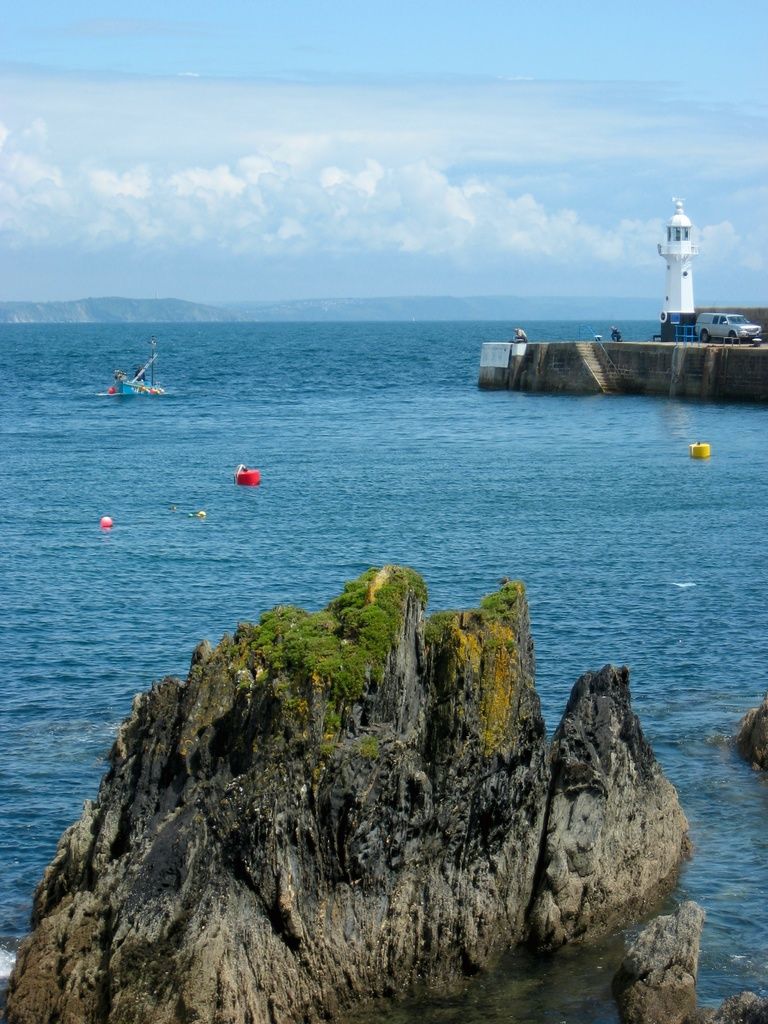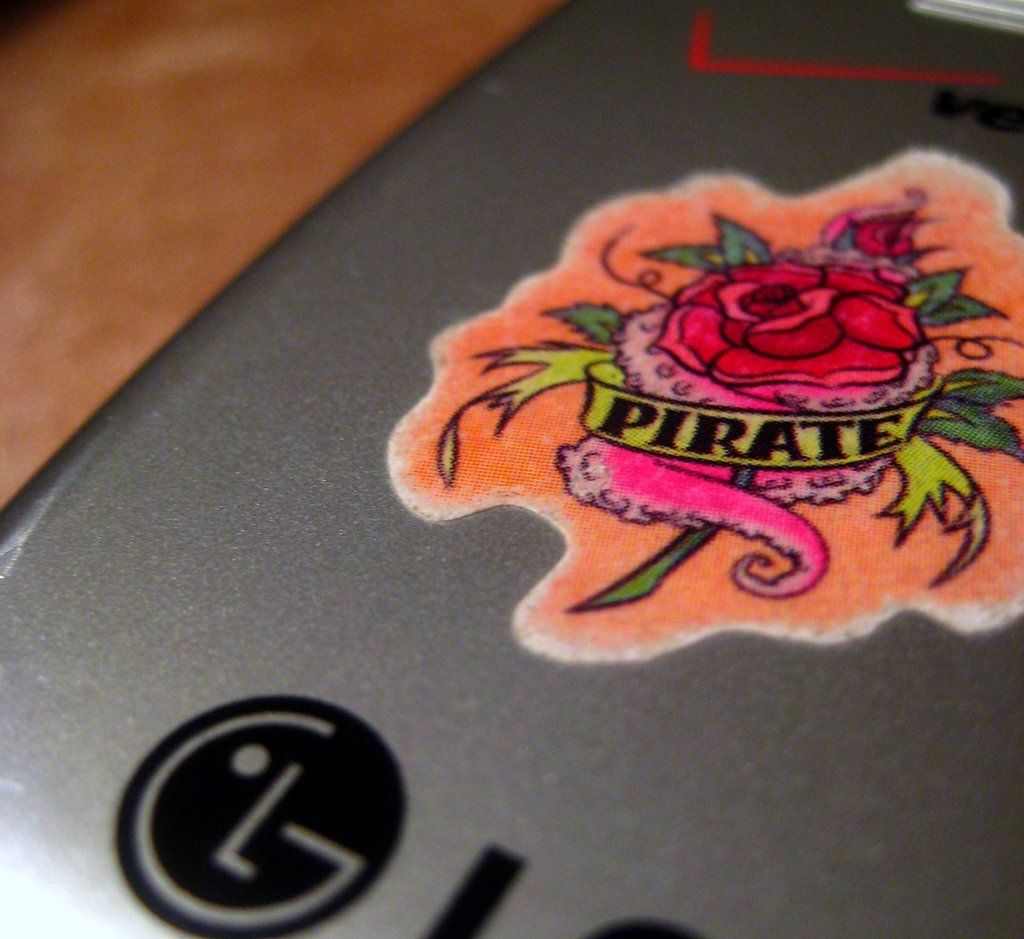Rebuilt a Functional SteamOS Gaming PC from an Outdated Laptop's Components to Spare Gabe from Another Sad DIY Ordeal
An Unforgettable Encounter: My Time with Gabe Newell
What do I remember most from my meeting with Gabe Newell in Las Vegas? One could argue it was just another CES trip from 2014, but there was something more to it. A spark that, although it didn't ignite a revolution, laid the foundations for an intriguing saga.
I was among the lucky ones invited to a cozy suite at the Palms hotel, where Valve was showcasing the first Steam Machines. These Linux-focused gaming boxes were hyped as the next big thing in the living room gaming experience for PC enthusiasts.
Gabe took center stage, radiating enthusiasm about the future of gaming on Linux. After his presentation, we jounalists were allowed to explore various Steam Machines and try out prototype Steam Controllers within the newly-unveiled SteamOS.
A few words might have passed between me and Gabe during that event. Perhaps he mentioned his hopes for the quality of the controller to transfer to the final units, or maybe he gave a warning about Alienware potentially launching a Steam Machine with Windows. Or maybe, just maybe, I'd blurted out an unimpressive, "Hi, Mr. Newell. I like your games."
My memory can be a fickle beast.
The outcome of the Steam Machines initiative is well known: the OS stumbled out of the gate, and the machines themselves soon turned into mere Windows-based PC boxes. It was quite a sad turn after such a promising beginning, as gamers and developers saw delays and discontented partners struggling to move Steam Machine chassis.
But, as some may say, Gabe was playing the long game. Each step of the Steam Machine fiasco paved the way for the true embodiment of Valve's vision: the Steam Deck.
At its essence is a fully realized third-generation version of SteamOS, a distribution built on top of Arch Linux. The success of the Steam Deck led to such demand for the operating system that users have wanted to install it on their other devices. Despite promises that a standalone version would be high on their list, progress has been slow.
Recently, though, some progress can be seen. Jacob has managed to put it on his Legion Go S, while I've made my own Steam Machine using genuine SteamOS. This one's for you, Gabe.
The story doesn't end there, however. Valve has only officially supported the Legion Go S and ROG Ally, and I've had limited success trying to get it working with other handhelds. The installation works better on the Ayaneo Kun, where I've achieved a mostly functional setup that lets me play games, albeit with some issues like speaker non-functionality and the absent sleep function.
But let's not forget the early days of Linux. A myriad of hardware configurations and configs can make it a frustrating experience. It's no wonder it takes so long for Valve to release a standalone version of SteamOS and why it may not yet be the perfect choice for regular PC gamers who want to ditch Windows.
Still, I managed to get SteamOS working on my Framework 13 laptop with the Ryzen 7840U mainboard, and it works like a charm. The sound booms from the speakers the moment it boots, the sleep function is working just like the Steam Deck, and I can control the power of the system with Decky Loader and SimpleDeckyTDP.
It's an effective light-gaming laptop, with a Linux desktop for proper notebook work only a system setting away. Plus, the Freeform setup allows me to rip out the mainboard and create a mini-PC with GeForce Now natively on SteamOS, so I can kick back and play Indiana Jones in 4K with the ease of modern gaming.
Screw Microsoft, SteamOS is finally delivering on its promise. Well, almost. The “almost” lies in the smooth operation on anything other than the supported devices, but if you can find a device that it works on, it works brilliantly.
The installation is surprisingly easy, and my experience with the Ayaneo and Framework devices proves it. It may take some patience and persistence, but the payoff is a powerful gaming computer with the versatility of Linux at your fingertips.
Negligence, eh? Foolishness, more like. But hey, that's just gaming.
Install SteamOS on Other Devices the Easy Way
You can install SteamOS on other devices if you're willing to put in the work. It won't be officially supported, but a little patience and determination goes a long way. Here's how you can do it:
- Download the Steam Deck recovery file. This is the same file used to reset the Steam Deck, but it also details the methods for installing SteamOS on other devices.
- Unzip the file you downloaded. You can mount the unzipped file on a boot drive if you want, but I found better success by unpacking it first.
- Format a USB drive as FAT32. Make sure it's at least 8 GB for the best results.
- Download and install Rufus on your PC. Then, create a bootable SteamOS installation drive by pointing Rufus at your USB drive and the SteamOS recovery file.
- Prepare your target device by making sure you have the most recent BIOS installed and Secure Boot disabled. You should also disable any power-saving features that might interfere with the SteamOS install.
- Boot your target device from the USB drive you created. This will boot you into a live OS, from which you can start the installation by double-clicking the "Wipe Device and Install SteamOS" shortcut.
- Confirm that you want to delete everything on your device and install SteamOS, then sit back and watch the magic happen.
With a little luck and some technical know-how, you'll soon be booting into a fresh installation of SteamOS on your device. Happy gaming!
Disclaimer: The steps provided here are unofficial and may not work on all devices. Use this knowledge at your own risk, and remember, Linux can be a fickle beast.
Author:Dave James
Dave has been gaming since the days of Zaxxon and Lady Bug on the Colecovision, and code books for the Commodore Vic 20 (Death Race 2000!). He built his first gaming PC at the tender age of 16, and finally finished bug-fixing the Cyrix-based system around a year later. He first started writing for Official PlayStation Magazine and Xbox World many decades ago, then moved onto PC Format full-time, then PC Gamer, TechRadar, and T3 among others. Now he's back, writing about the nightmarish graphics card market, CPUs with more cores than sense, gaming laptops hotter than the sun, and SSDs more capacious than a Cybertruck.
- Reminiscing about my encounter with Gabe Newell, I remember jokingly mentioning my liking for Valve's games during our brief discussion.
- Despite the challenges faced by the Steam Machines initiative, Gabe Newell's vision for Linux-based gaming ultimately led to the successful creation of the Steam Deck.
- As more users successfully install SteamOS on other devices like the Ayaneo Kun and Framework 13, it shows that the true potential of the Steam Deck's operating system is being realized.
- In an unofficial manner, it's possible to install SteamOS on other devices by following a series of steps, similar to the process used for resetting the Steam Deck.
- With the right techniques, gamers can enjoy a powerful Linux-based gaming experience on devices other than the officially supported ones, showcasing the versatility of this operating system.







